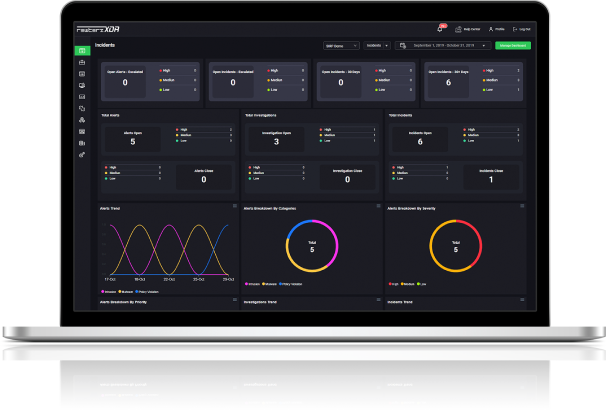

Rewterz Threat Advisory – Multiple Git Products Vulnerabilities
March 20, 2023
Rewrerz Threat Advisory – CVE-2023-24870 – Microsoft Windows PostScript Printer Driver Vulnerability
March 20, 2023
Rewterz Threat Advisory – Multiple Git Products Vulnerabilities
March 20, 2023
Rewrerz Threat Advisory – CVE-2023-24870 – Microsoft Windows PostScript Printer Driver Vulnerability
March 20, 2023Severity
Medium
Analysis Summary
Agent Tesla is a very popular spyware Trojan built for the.NET framework. Since its initial appearance in 2014, this has been deployed in many forms, most notably via phishing attempts. AgentTesla is renowned for stealing data from a variety of target workstations’ apps, including browsers, FTP clients, and file downloaders. Agent Tesla grabs data from the victim’s clipboard, logs keystrokes, captures screenshots, and gains access to the victim’s webcam. It has the ability to terminate running analytic programs and anti-virus applications. In an attempt to disguise its capabilities and activities from researchers, the malware also runs simple checks to see if it is operating on a virtual machine or in debug mode.
This can spread through various means, including phishing emails, malicious software downloads, or drive-by downloads. Once installed, it runs in the background and can bypass traditional security measures, making it a significant threat. It is important to implement a multi-layered security approach, including keeping software up to date, using strong and unique passwords, and avoiding clicking on suspicious links or downloading unknown files, to defend against Agent Tesla and other forms of malware. Additionally, organizations should consider implementing endpoint protection solutions to detect and prevent malware infections.
Impact
- Sensitive Data Theft
- Credentials Theft
Indicators of Compromise
MD5
- 6ed4793ae8716b50b77214ac543434c1
- 6dc73b6fb9cff6aeb0dd9fa20afe1039
- 89878de279bdb9d758bc8d44711521ea
- 9b77f0dfbfa98c2a490e520a94db1c65
- f118384ac80214492746bb1655767c8b
SHA-256
- c27c97108c850b217ebab7f0b43024a259889b9f45a83869e995a9dc9a385fb4
- 06bb6b0d9391858906390cbd9c5e90fcdae91b350e073ddc876d8aea4b9e3f46
- f826a22b0eebbedbcd917348d3051f74f08497df040f70b824ae32de463a5929
- e36a06d154b31e86a05b1b65254697387f1aaa7847fed8bfa9188663b533a046
- 10378a656282ac8e5d676229bc2151b553e50906495bf0bfe6ec4c93373dc2a8
SHA-1
- b14c6834e5df0903acfd460965236e94ef968cfe
- aeaeb7e3627cca848578ea3b52c01aabc2872084
- 02fab54c65179a645f6ef19dd780238e57ede7cf
- 5d6afd03991ed071f2c9188b473613bb1b5d6c2b
- e72b5b0e68d236fb75ed22385c3e91402793e4ca
Remediation
- Block all threat indicators at your respective controls.
- Search for Indicators of compromise (IOCs) in your environment utilizing your respective security controls
- Emails from unknown senders should always be treated with caution.
- Never trust or open links and attachments received from unknown sources/senders.








